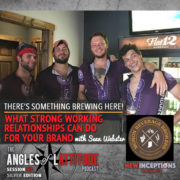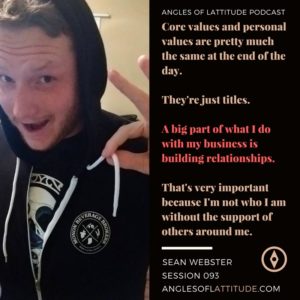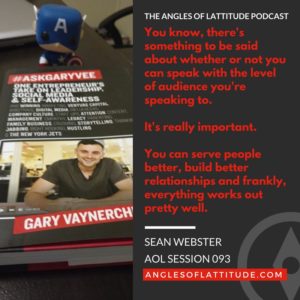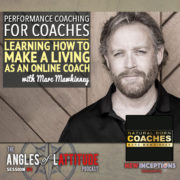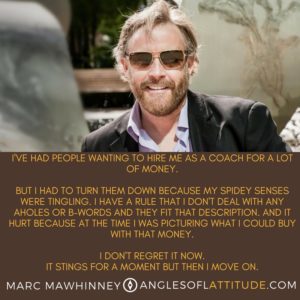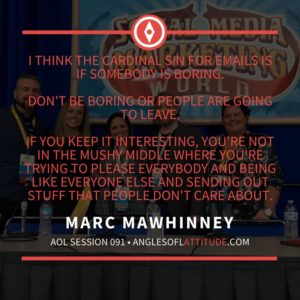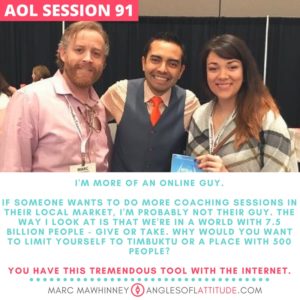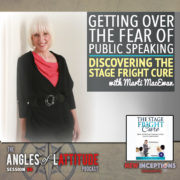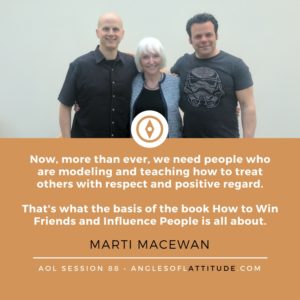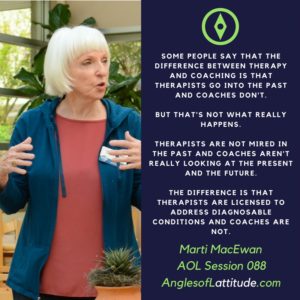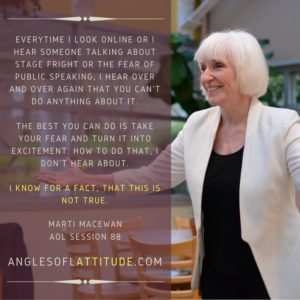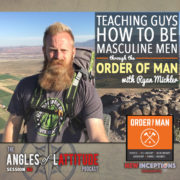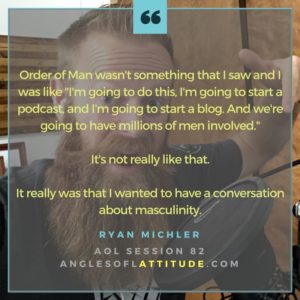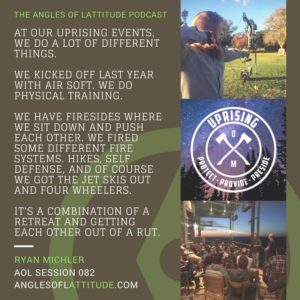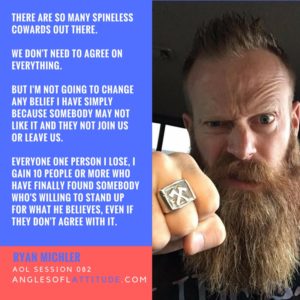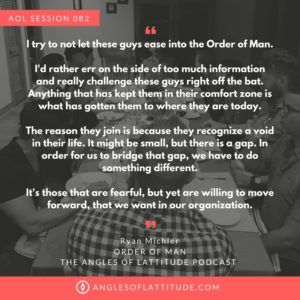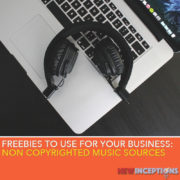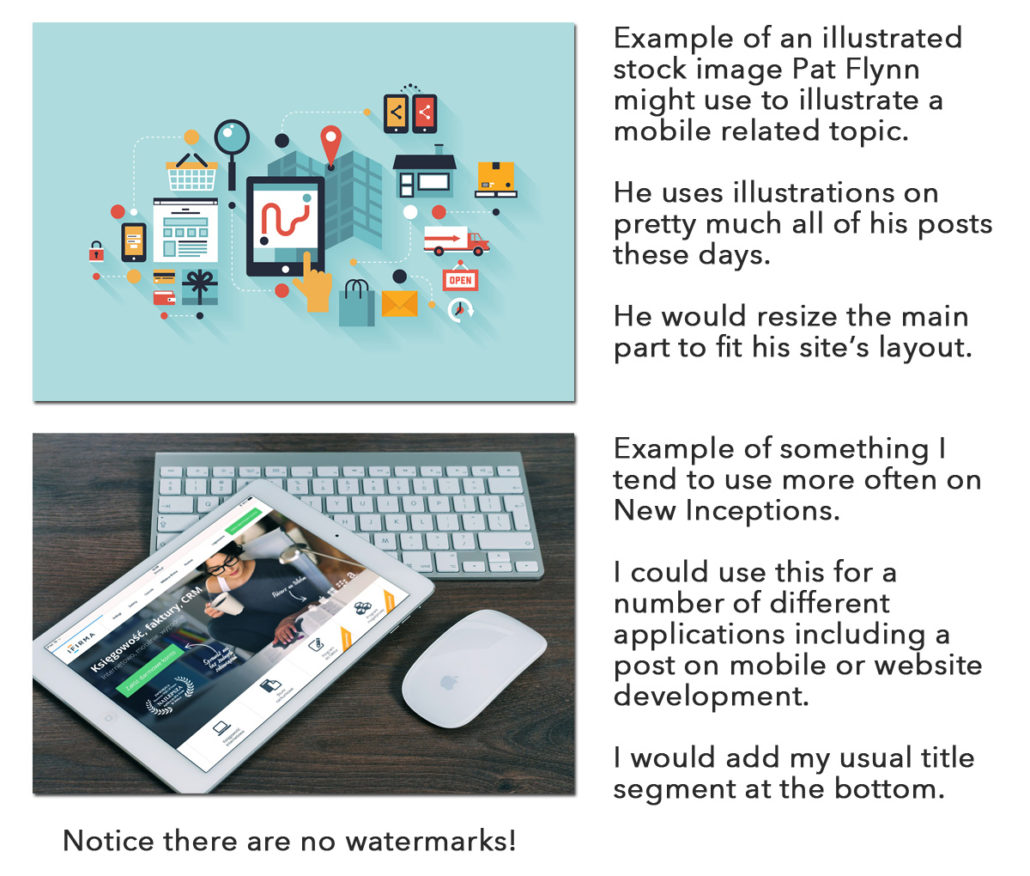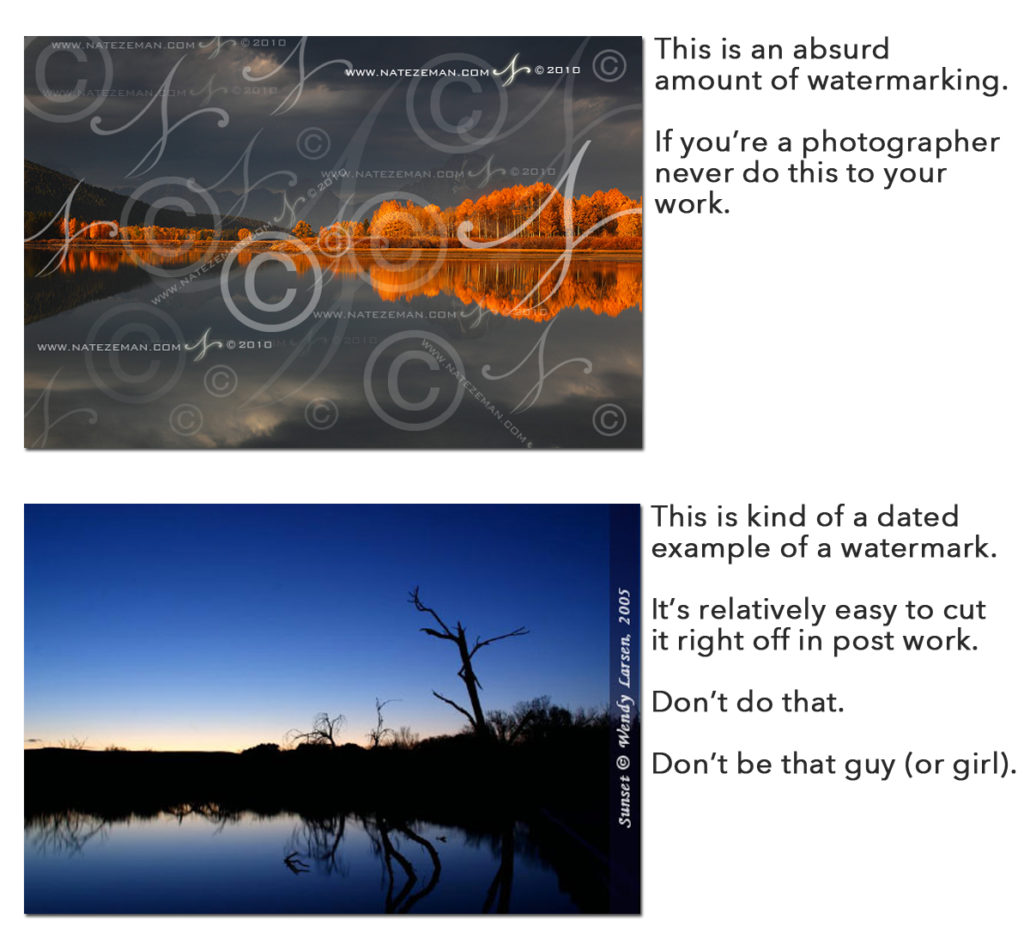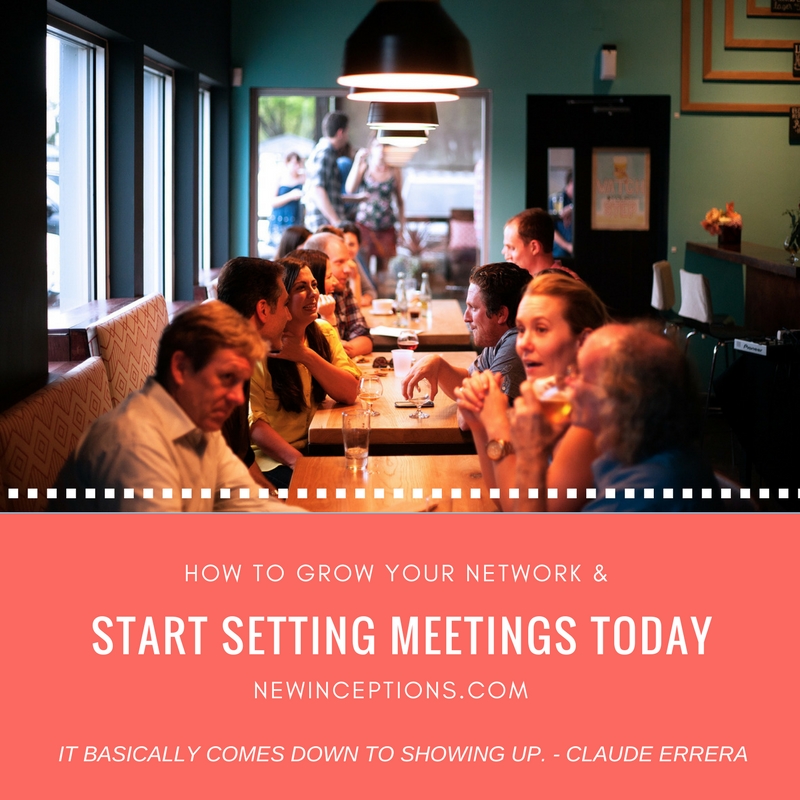There’s Something Brewing Here! – What Strong Working Relationships Can Do For Your Brand with Sean Webster (AoL 093)
Relationships are made and broken on the values of the people in those relationships.
For some, a simple misunderstanding can break a weak bond. Whereas if you know people at a deeper level, then you know who they really are and what they’re about. That kind of relationship can pay dividends in the long run.
I know for me, I’ve always had a close group of friends – and then there was everyone else. It wasn’t just “treat everyone the same”. No, I’ve always had my inner group because those were the folks that would understand me the most at that point and if I ever needed help, it’d be available – and visa versa.
If you don’t have that inner group when it comes to business, then you’re essentially working for yourself by yourself.
But it doesn’t have to be that way.
Today’s guest, Sean Webster, is what I would call a catalyst for craft brewers in Indiana.
Having started his business in 2016, he’s been making a pretty big strides in his business simply because he understands where his clients are coming from. He understands their stories and why they make the product they do.
While Sean applies his skillset to the brewing industry, I think it’s important to realize it should be applied anywhere.
In this session, Albert and I ask Sean about this skillset of his and how he’s been able to build his business around it. How he identifies as someone that really knows the art of creating good brews, how his business actually functions, and how his core values fit into his daily routine.
Success looks different to different people. You might not know that if your career only involved formal education and getting a job upon graduation. In fact, if you’ve gone that traditional route, you might believe that those who have the most money or the most fame might be considered the most successful.
I believe that this model simply doesn’t fit in today’s new world. Sure, I might say that a majority of people still believe that to be considered successful, it just happens to you – but I and many other creators would say that success comes with achieving what you set out to do – whatever that might look like.
If you like craft brews, good ideas, and collaboration, then you’ll like hearing from Sean!
Thanks for listening, and enjoy the show!
SPECIFICALLY, YOU’LL FIND OUT MORE ABOUT:
- What’s Sean been up to since session 4? 10:32
- What’s Sean’s take on the podcasting world now that he’s been on a few? 15:58
- As someone who’s been a bartender in the past, how does he identify as a mixologist? 22:14
- Why’s it important to have distinguishable beers. 28:29
- Is there any places making mead in Indiana? 32:34
- What’s the working process of Monon Beverage? 34:28
- How does having core values fit into a his business’ daily routine? 44:44
- What’s the future for Monon Beverage Brokers look like? 51:45
- What are 3 movies he recommends to other creatives? 56:24
- Hardest thing he’s had to say no to? 57:49
- Something Sean wishes was still a thing? 59:39
- What’s something that all high school students must know? 1:02:01
- How can someone be a difference maker in their community? 1:04:02
- … and MUCH more!
Right click here and save-as to download this episode to your computer.
ITEMS and PEOPLE MENTIONED IN THIS EPISODE:
- Sean Online: Website, Facebook, LinkedIn, Twitter, Instagram
- Evil Czech Brewery
- Midwest Bartenders School
- Acetaldehyd as an Off Flavor
- Rooster’s Kitchen (Place to find Kopi Loewak in Indy)
- Kopi Loewak (Weasel Butt Beer)
- Broken Beaker Distillery (this place is a really unique – especially if you’re into Science)
- New Day Craft (Mead location)
- Scarlet Lane Brewing Company
- Cool Creative Movies: Looper, Split, The Lobster
- Co-Host for this Show: Albert Winks
- ClickFunnels: Make Making Sales Funnels Easy – Start Today with a 14 Day Free Trial!
SHOW NOTE EXTRAS:
Moonlight Meadery “Fling”, “Smoulder”, and “Kurt’s Apple Pie” Review:
Sean at A Better You Wellness:
Blind Pig Confessions Podcast Episode 80:
Sean Webster on Indiana on Tap:
Thanks for Listening!
Thanks so much for joining us again this week. Have some feedback you’d like to share? Leave a note in the comment section below!
If you enjoyed this episode, please share it using the social media buttons you see at the top of the post.
Also, please leave an honest review for The AoL Podcast on iTunes! Ratings and reviews are extremely helpful and greatly appreciated! They do matter in the rankings of the show, and we read each and every one of them.
If you have any questions feel free to email them over via the email mentioned in the show or by our contact form.
And finally, don’t forget to subscribe to the show on iTunes, Stitcher, Soundcloud, and/or Google Play Music. It’s absolutely free to do so.
A huge thank-you to you guys for joining us!
Cheers!

